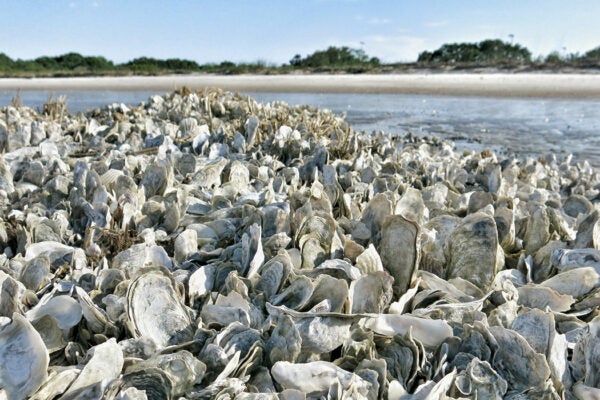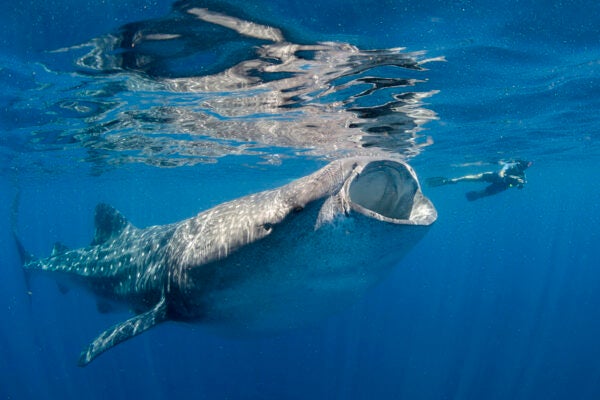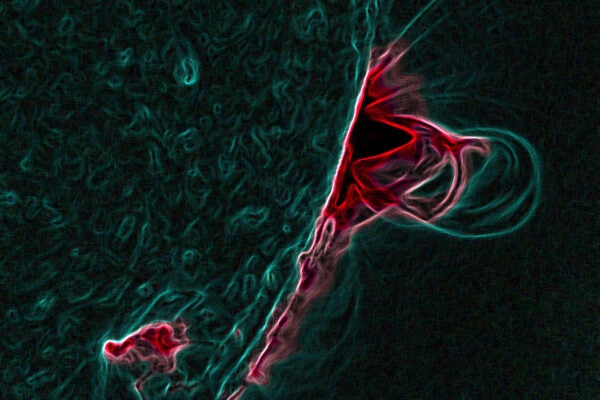This Father’s Day, take a moment to consider some of the busiest, quirkiest, and hardest-working dads in the world—animal dads. Across the range of vertebrate life, dedicated fatherhood takes on some very unusual characteristics.
Consider the humble seahorse. Human parenting is sometimes considered inherently unequal since only women are capable of pregnancy and childbirth. For seahorses, however, birth is dad’s time to shine. Females do lay the eggs (even in seahorses, males can’t do that) but then Mama Seahorse immediately deposits the eggs in a special pouch in the male’s abdomen, called a brood pouch. There they are fertilized and implanted in the pouch wall. The female, her work complete, goes on her way. The male, meanwhile, takes responsibility for nurturing the eggs in his pouch, ensuring that the eggs receive an adequate oxygen supply. At full term, the eggs hatch inside the pouch, and the tiny seahorses exit the pouch to begin their lives at sea. The male does have his limits; once the juveniles leave, dad’s involvement ends.
On land, consider the jacana, a tropical waterbird with huge spreading feet. Jacanas are polyandrous; one female mates with multiple males. Each female has a territory containing a few scattered nests. The female lays the eggs, but in each nest one of her mates takes over the majority of parental responsibility, first hatching the eggs and then raising the chicks. As a result, the jacana father spends a lot less time feeding himself than the roving female does, though the female does help guard the chicks from predators as she travels across her territory. Once eggs are laid, dad never gets much of a break; even when feeding he still keeps an eye on the chicks.
However, in terms of elaborate sacrifice, the Father of the Year award goes to Darwin’s frog of southern Chile. After the eggs are laid in damp leaf litter, male Darwin’s frogs diligently stand watch until the eggs are about to hatch. At that point, the male takes the eggs into his mouth. As they develop, the baby frogs are placed in the flexible sac that the frog ordinarily uses to vocalize. As the frogs grow, the sac expands until in the entire frog appears bloated. Only when the young are fully developed does the male get some relief; the babies hop out of his mouth to begin their new life.
Animal parents come in all shapes, sizes, and degrees of dedication as evolutionary pressures allow. Cheers for dads, both animal and human!







